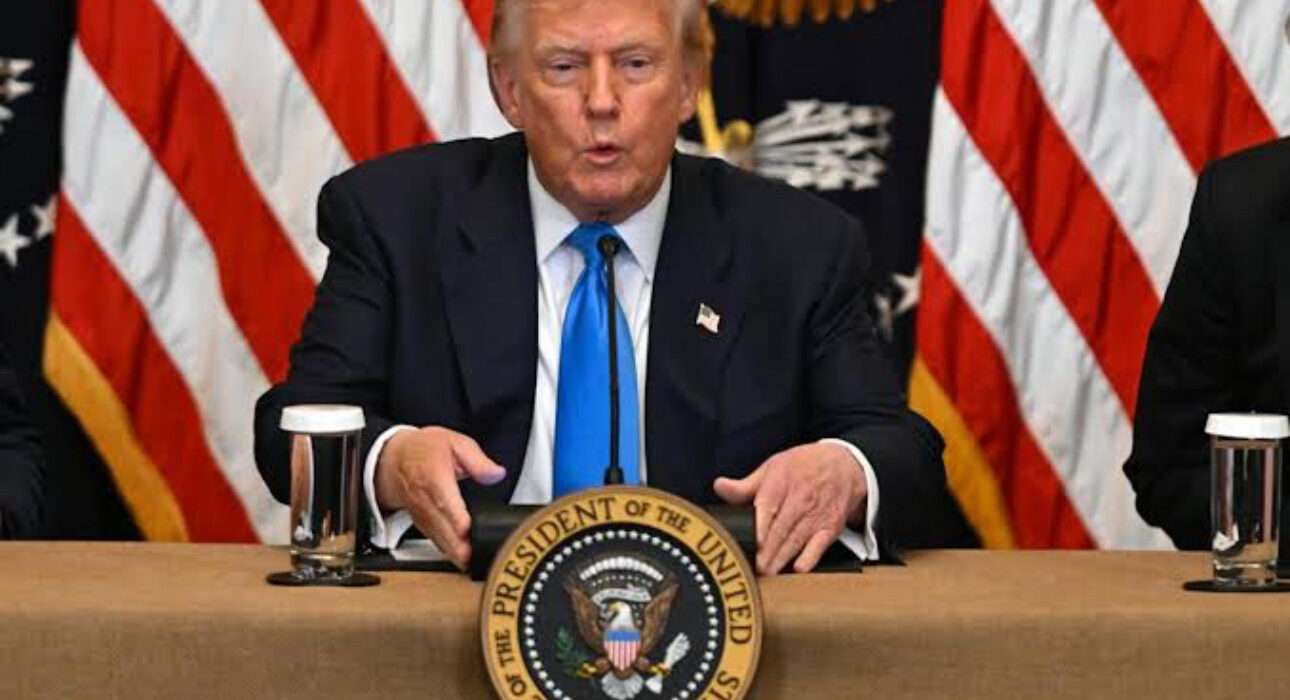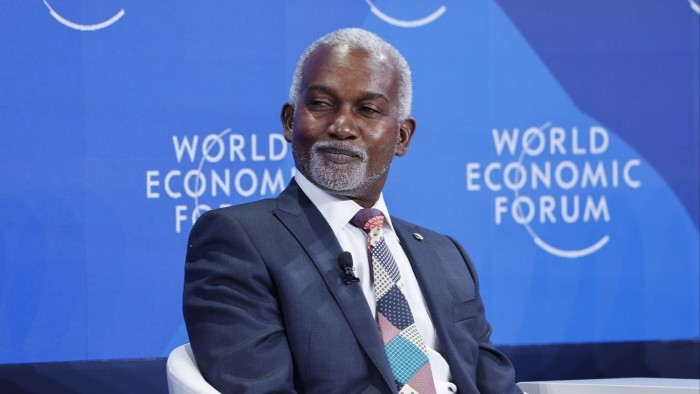Trump Threatens 250% Tariffs on Imported Pharmaceuticals in Bid to Repatriate Drug Manufacturing

Former U.S. President and leading Republican candidate Donald Trump has announced plans to impose sweeping tariffs on imported pharmaceutical products, warning that the rate could rise as high as 250% within the next 18 months. The proposed measure, he said, is aimed at reviving domestic drug manufacturing and reducing America’s dependence on foreign medical supply chains.
Speaking during an interview with CNBC, Trump revealed that the tariffs would begin at a modest level but would escalate significantly over time if pharmaceutical manufacturers fail to relocate their production facilities to the United States.
“We’ll be putting an initially small tariff on pharmaceuticals, but in one year, one-and-a-half years maximum, it’s going to go to 150%, and then 250%, because we want pharmaceuticals made in our country,” he stated.
This announcement comes alongside Trump’s broader push for tariffs on other strategic imports, including semiconductors. He also disclosed that his team is finalizing plans for a new tariff package that could be unveiled within the coming week.
The push for pharmaceutical tariffs is being framed as a national security measure. The U.S. Commerce Department has launched a Section 232 investigation to determine whether the current level of pharmaceutical imports poses a risk to national security. This is the same legal tool previously used during Trump’s first term to impose tariffs on steel and aluminum.
According to Trump and his advisers, the ultimate goal is to rebuild the U.S. pharmaceutical manufacturing base, which they argue has been hollowed out due to decades of outsourcing to countries like China, India, and members of the European Union.
The pharmaceutical industry and economic analysts have expressed concern over the feasibility of the proposed policy. Experts warn that constructing commercial-scale drug manufacturing facilities in the U.S. could take four to five years, even without regulatory delays. Some also predict that drug shortages and price hikes are inevitable if such steep tariffs are implemented before adequate domestic capacity is built.
Analyst Matt Weston of UBS told the Financial Times that “even a 100% tariff would disrupt global drug flows—at 250%, we’re talking about the potential withdrawal of suppliers from the U.S. market.”
Despite these concerns, U.S. biotech and pharma stock indexes responded with moderate gains, likely reflecting investor optimism that the proposed tariffs would not take immediate effect and that companies would be given time to adapt.
The threat of 250% tariffs has sparked alarm among U.S. trade partners, particularly India, which exported over $8 billion worth of pharmaceutical products to the United States in 2024 alone. Industry leaders in India have urged their government to seek diplomatic channels to address the looming tariffs.
European Union officials, especially from Ireland and Switzerland home to major pharmaceutical hubs also voiced opposition, calling the proposal discriminatory and potentially in breach of World Trade Organization rules. Some have warned that retaliatory tariffs could follow if Washington proceeds unilaterally.
Beyond trade and industry backlash, U.S. health policy experts have flagged the potential risks to public health. A report from the Kaiser Family Foundation suggests that under a 25% tariff scenario, U.S. drug prices could rise by 13% annually, disproportionately affecting low-income and elderly patients. At a 250% rate, the impact would likely be far more severe.
Healthcare access advocates argue that without a clear transition plan or subsidies for local manufacturing, the tariffs could undermine drug availability and affordability for millions of Americans.
Trump’s proposal appears to be in line with his “America First” trade doctrine and may serve as a key talking point in his 2024 campaign. His aides suggest the plan would create thousands of jobs, attract billions in infrastructure investment, and restore pharmaceutical sovereignty to the U.S.
Still, critics point out that previous tariff measures during Trump’s presidency were met with mixed result some boosting domestic production, others triggering retaliatory trade actions or hurting consumer prices.









